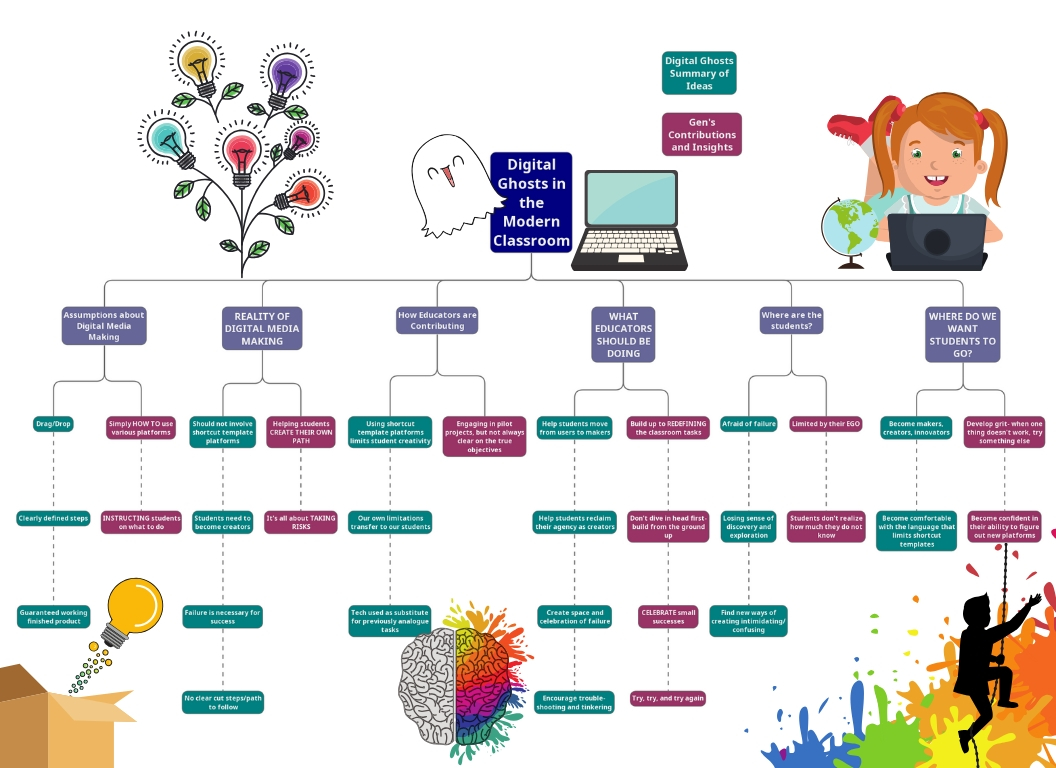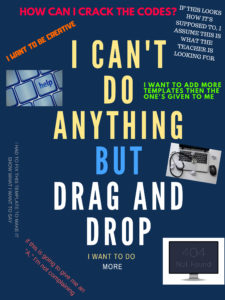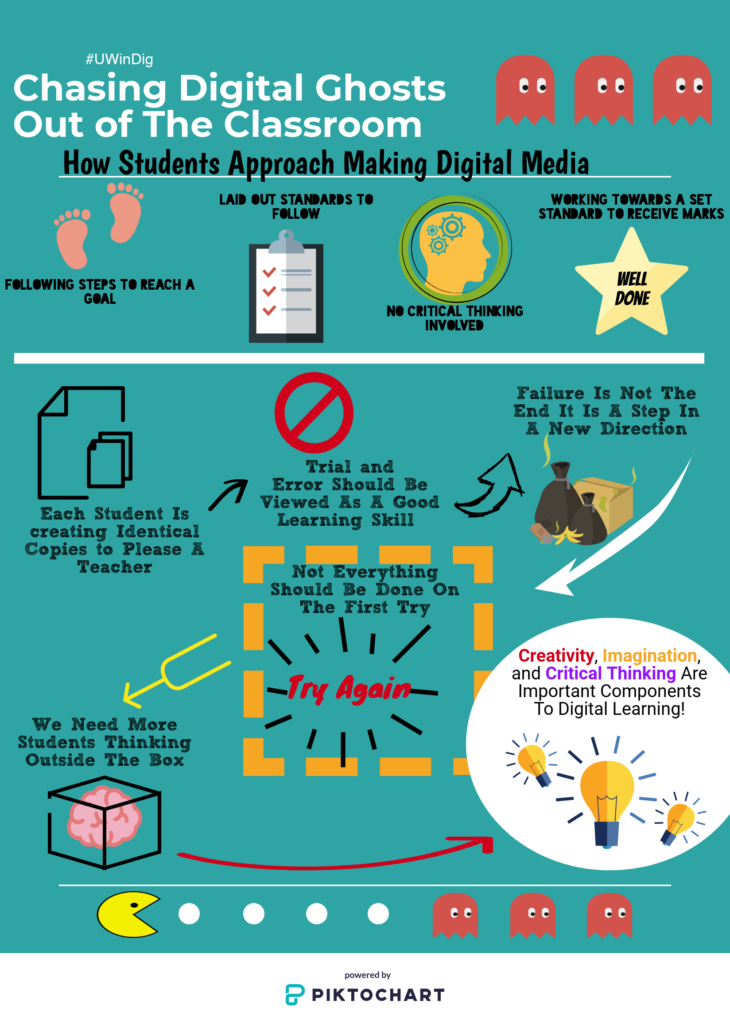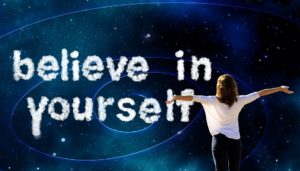I chose to respond to the podcast that was written by Chris Friend and Amy Collier. I have chosen to complete a rant and discuss how teachers are always told to follow the curriculum exactly and “teach to the test”. In this rant, I will discuss my opinions about teachers teaching to the test and how they should branch out and try new teaching methods. It will also be discussed how every student learns differently, whether it be visually, kinaesthetically, interpersonally, etc therefore we shouldn’t just have one method of teaching. The whole point of teaching is to take risks and experiment with different teaching methods to see what works best for your students. You need to encourage risk taking with your students, and to teach them that making mistakes is okay and they won’t get punished for it.
I chose to edit my project using iMovie. I have never used this medium before therefore I had some difficulty when I was first using it. I was hoping to film my entire rant in one take, but unfortunately that did not happen. Luckily, I was able to film it in 2 parts that way I didn’t have much editing to do but I still had difficulty editing those 2 clips. I tried to play with the program a little bit, but was having no luck so I had to call a friend who has used the program before for help. She was able to talk me through what to do and helped me to better understand the program. Now that I know how to use the program properly, I would definitely use it for future assignments and in my future classroom.
http://hybridpedagogy.org/questioning-learning/








